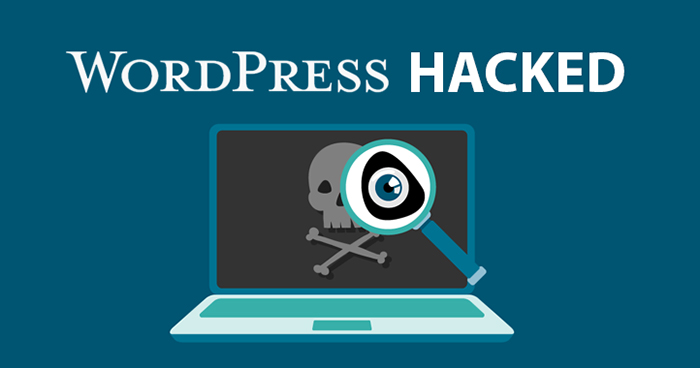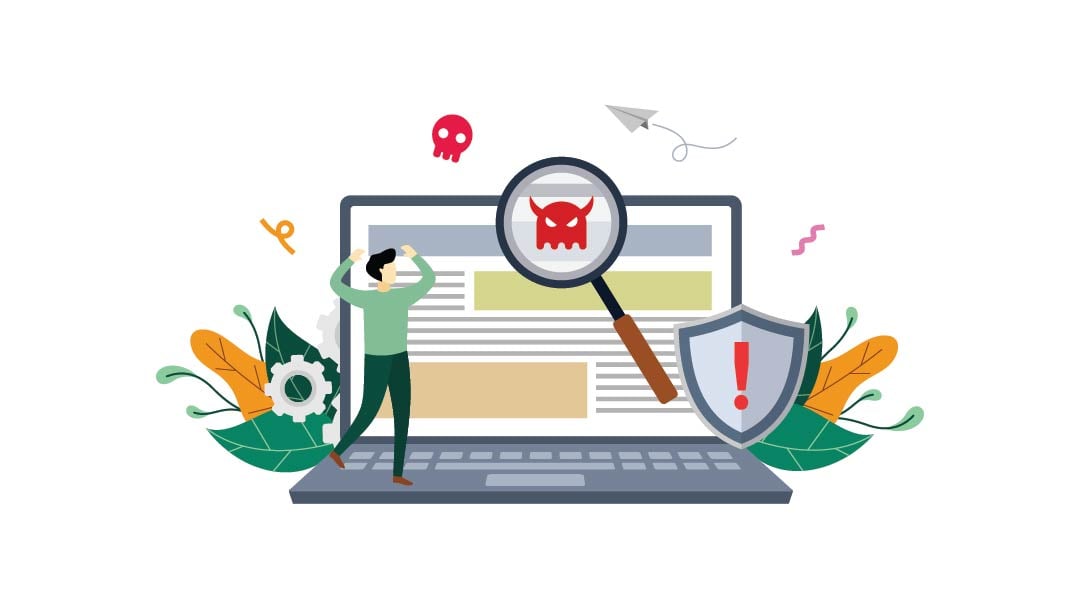After discovering that your WordPress website or web hosting has been compromised, it’s crucial to act swiftly and effectively to mitigate the damage and restore the security of your site.
In today’s digital landscape, website security is paramount. However, despite implementing various security measures, websites, including those built on WordPress, can still fall victim to compromises. When this unfortunate event occurs, it’s crucial to act swiftly and decisively to mitigate any potential damage. Here’s a comprehensive guide on what to do after your WordPress website or web hosting is compromised.
Table of Contents
Assess the Situation:
The first step is to assess the extent of the compromise. Determine what kind of attack occurred, whether it’s malware injection, unauthorized access, or other forms of exploitation. This evaluation will help you understand the severity of the breach and plan your response accordingly.
Containment:
Once you’ve identified the compromise, it’s essential to contain the damage to prevent further harm. Take your website offline temporarily to halt any malicious activities. You can do this by either putting up a maintenance page or taking the site down entirely.
Change Passwords for your WordPress Website:
Immediately change all passwords associated with your WordPress website and hosting accounts. This includes the WordPress admin password, FTP credentials, database passwords, and any other login details. Use strong, unique passwords to minimize the risk of future breaches.

Investigate the Cause in the WordPress Website:
Conduct a thorough investigation to determine how the compromise occurred. Check your server logs, review security plugins (if any), and analyze any suspicious files or code injections on your website. Understanding the root cause will help you implement effective security measures to prevent similar incidents in the future.
Scan for Malware:
Run a comprehensive malware scan on your website files and databases using reputable security plugins or online scanning tools. Look for any malicious code or scripts injected into your site’s files or database entries. Remove any malware detected during the scan to prevent further damage.
Update Software and Plugins:
Ensure that your WordPress core, themes, and plugins are all up to date. Outdated software is a common entry point for attackers, as they often exploit known vulnerabilities. Update everything to the latest versions to patch security holes and strengthen your website’s defenses.
Implement Security Measures:
Enhance your website’s security by implementing additional measures such as:
- Installing a reputable security plugin that offers features like firewall protection, malware scanning, and login security.
- Enabling two-factor authentication for all user accounts to add an extra layer of security.
- Limiting login attempts to prevent brute force attacks.
- Using strong encryption protocols (SSL/TLS) to secure data transmission.
- Regularly backing up your website files and databases to ensure you can quickly restore your site in case of future compromises.
Restore from Backup:
If you have backups of your website, use them to restore your site to a clean state before the compromise occurred. Make sure to choose a backup from a time before the breach occurred to ensure that you’re not reintroducing any malicious code or scripts.
Monitor WordPress Website for Suspicious Activity:
After restoring your website, monitor it closely for any signs of suspicious activity. Set up alerts for file changes, login attempts, and other security-related events. Regularly review your server logs and security reports to stay informed about potential threats.
Educate Yourself and Your Team:
Educate yourself and your team members on best practices for website security. Train them to recognize common phishing attempts, malware indicators, and other security threats. Implementing a culture of security awareness can significantly reduce the risk of future compromises.
Communicate with Stakeholders:
Keep your website users, customers, and other stakeholders informed about the security incident and the actions taken to address it. Transparency builds trust and reassures stakeholders that their data and privacy are being protected.
Implement Ongoing Security Maintenance:
Security is an ongoing process, not a one-time task. Regularly review and update your website security measures, perform backups, and stay informed about emerging threats and security best practices. Consider investing in a security monitoring service for continuous protection.
In conclusion, dealing with a compromised WordPress website or web hosting requires a systematic and proactive approach. By following the steps outlined above, you can effectively mitigate the impact of the compromise, restore your website’s integrity, and strengthen its security posture against future attacks. Remember, prioritizing website security is essential for safeguarding your online presence and maintaining the trust of your audience.


